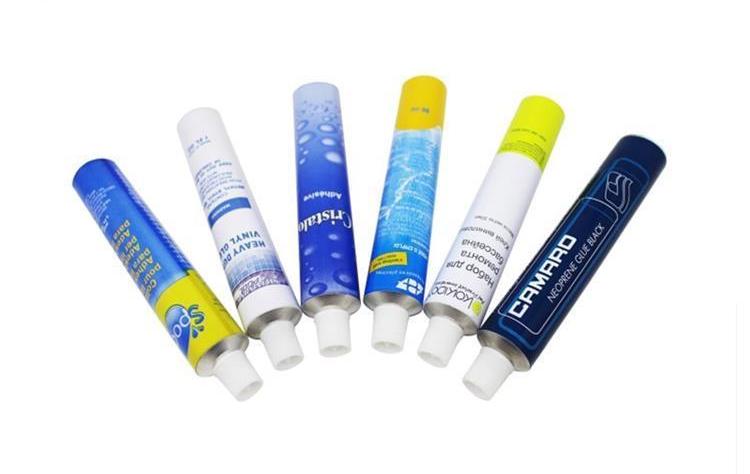Source: Link Testing Instruments Co.,Ltd.

In the pharmaceutical industry, aluminum tubes for medicinal ointments have become commonly used packaging materials for ointment products due to their light weight, corrosion resistance and good sealing properties. From antibiotic ointments to hormone-based creams, aluminum tubes come into direct contact with drugs, and their quality directly affects the safety and stability of the drugs. So, what strict tests do such packaging materials need to undergo? What are the specific requirements of domestic and international pharmacopoeia standards? This article will provide you with a detailed analysis.
I. Industry Application Scenarios of Aluminum Medicinal Ointment Tubes
Aluminum ointment tubes are widely used in the fields of dermatology, ophthalmology and other topical medications, especially suitable for preparations that are sensitive to oxygen and moisture. Its advantages lie in:
High barrier property: Effectively isolates external air and moisture, preventing the drug from oxidizing or getting damp.
Chemical stability: Aluminum materials are not prone to react with drug components, ensuring the purity of the drugs.
Portable and durable: Suitable for small-dose portioning, it is convenient for patients to carry and use.
At present, over 90% of the topical ointment preparations in China use aluminum ointment tubes as the primary packaging.
II. Four major types of tests that aluminum ointment tubes must complete
According to the Chinese Pharmacopoeia and international standards, aluminum medicinal ointment tubes need to pass the following key testing items:
Sealing performance test: Verify the sealing effect between the tube body and the tube cover through negative pressure method or positive pressure method to prevent the leakage or contamination of the medicine.
Pressure resistance strength: Simulate transportation and storage conditions to test the pressure resistance capacity of the pipe body.
Opening force test: Ensure that the pipe cover is easy to open and not prone to loosening.
Heavy metal migration amount: The content of harmful elements such as lead and cadmium is detected by atomic absorption spectrometry and must comply with the limit requirements of the pharmacopoeia.
Oxide residue: Check whether the inner coating process meets the standards to prevent direct contact between the aluminum material and the medicine.
Sterile or microbial limit: According to the requirements of the type of drug (such as sterile preparations), corresponding microbiological tests should be conducted.
4. Appearance and size inspection
Check whether the surface of the tube body is smooth and free of scratches, and whether the size of the tube opening meets the requirements of the filling equipment.
III. Analysis of the Core Requirements of Pharmacopoeia Standards
Both domestic and international pharmacopoeias have strict regulations on pharmaceutical packaging materials:
Iv. Why Cannot Quality Control Be Ignored?
In recent years, the random inspection results released by China's drug regulatory authorities show that among the quality problems of aluminum tubes, about 35% fail to meet the sealing standards, and 15% have excessive heavy metals. These problems may lead to the ineffectiveness of the drugs and even cause safety issues. Therefore, enterprises need to establish a full-process inspection system from raw materials to finished products:
Purchase medical aluminium materials that comply with the GB/T 5198 standard; Introduce automated detection equipment (such as air tightness testers);
Regularly conduct stability acceleration tests to simulate the long-term storage effect.
The inspection of aluminum medicinal ointment tubes is not only a regulatory requirement but also a core link to ensure the safety of patients' medication. Pharmaceutical companies need to keep up with the latest standards and improve their quality control systems in order to win long-term trust in the market competition.
For more details please visit www.linktesting.org